Earlier this week, Sony Pictures debuted the first trailer for Bloodshot, the Vin Diesel-starring movie based on the Valiant Comics character that debuted way back in 1992 and has gone through various incarnations since.
The most recent iteration appeared when Valiant Entertainment was formed in 2005 by Dinesh Shamdasani and Jason Kothari after buying the Valiant Comics library from the late Acclaim Entertainment. The company took the characters in a bold new direction as it began to bring in writers from Hollywood like Oscar-nominated Arrival writer Eric Heisserer.
At the same time, Valiant CEO Shamdasani was developing movies and other media based around the characters. In 2016 he left Valiant and formed the film and TV production company Hivemind with former Universal chief Sean Daniel, former Bad Robot TV head Kathy Lingg and producer Jason Brown.
Not long afterwards, they had a Bloodshotmovie set up with Sony Pictures, bringing on director Dave Wilson (Love, Death + Robots) to helm before Vin Diesel joined up to play the lead character.
That movie is now just about four months away, making Bloodshotthe first Valiant Comics character to hit the big screen. Other movies based on Harbingerand Shadowmanand Eternal Warrior are also in development.
Earlier this month at New York Comic-Con, The Beat sat down with Shamdasani and Wilson for an extended interview, with Hivemind VP of Brand and Content Strategy Hunter Gorinson popping in for a few responses. Besides talking at length about Bloodshot and its origins, influences and tone, we also asked Shamdasani about what happened with Harbinger moving from Sony to Paramount Pictures, potentially killing the plans for a Valiant cinematic shared universe.
THE BEAT: Let’s start with the decision to make the first Valiant Entertainment movie be Bloodshot. They’ve been trying to make movies based on these characters for some time.
Dave Wilson: I had a choice which one I could make?
Dinesh Shamdasani: It’s interesting actually, because I think we’re going to have two answers that are similar but from different parts of the process. From my standpoint, I was very lucky that I have this giant library that the original Valiant creators – Jim Shooter, Bob Layton, all those guys – had created, and it was a case of you have this incredibly powerful brand in Marvel, cinematically. You have this brand in DC that at that point you could tell it was going to be a powerful brand, and how are you going to compete with the two? The answer felt very simple – it felt like the answer [came] from the comics. The Valiant characters had carved out their own niche in storytelling in comics successful, and we had to emulate that on the big screen. That was stronger characterization, stronger emotionality, a little more sophistication in the narrative. Valiant is the only company built from the ground up to be a shared universe and to lean into that aspect as well. That’s for subsequent films, and Bloodshotwas the first, because it allowed us to do all that while still fitting a film genre that it seemed like Marvel and DC were not running towards, which was this kind of 1980s, 1990s sci-fi action, heady, kind of mind f*ck film.
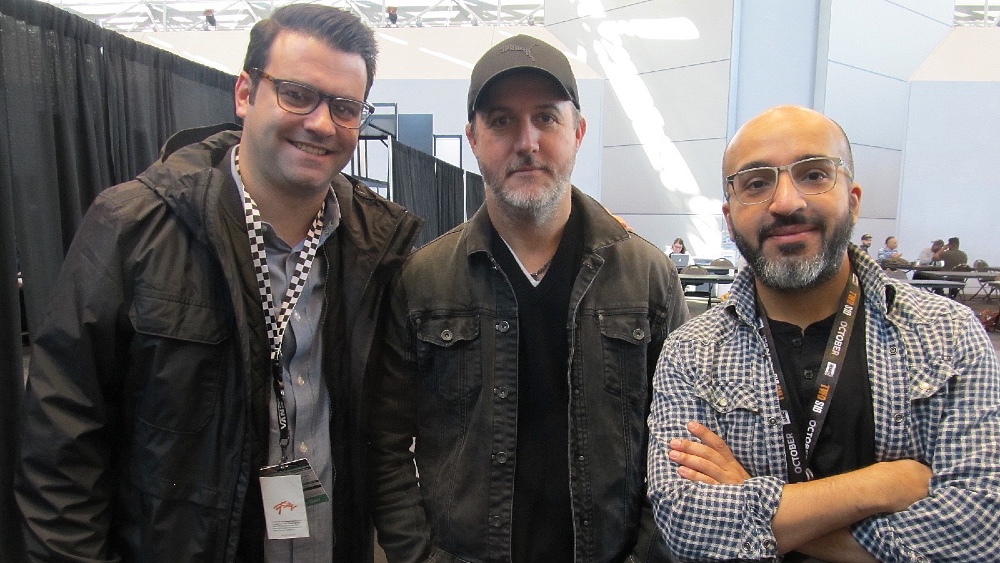
THE BEAT: This goes back to 2012 when the comic division of Valiant Entertainment began?
Shamdasani: We started developing Bloodshot in 2010, before publishing actually, so the Bloodshot comic books were built with the idea of what we wanted to do on the film.
THE BEAT: What was the appeal to you, David? Had you been reading a lot of the Bloodshot comics in the ‘90s or since then? This will be your first feature film as a director, too.
Wilson:I’m a big science fiction fan. I read comic books growing up, but my jam growing up was science-fiction – Gibson, Asimov –– but my favorite subset of science fiction – and this was what my pitch for the movie was even about – was this subset of science fiction called science fact, like Michael Crichton or Daniel Suarez. Dinesh said they’d been on the film for a while, and they sent me a draft of the script, and I read it, and there was a concept at the core of the film that I loved. Then I went back, and I had read a few of the comics, but I hadn’t gone back and read all the back issues. So I went and read them all, and then there were two things I loved about the concept. A large quotient of the Valiant Universe but Bloodshot in particular was grounded on technology, and I loved that, because I felt like there was some grounding there that made it feel a little more real and plausible and believable. Then there was what Dinesh talked about, which is the mind-f*ck aspect that he called it. There was a manipulative quality to what was happening, which was very “Memento-esque” for me, and I loved that about the comic. I loved that there was a hero who didn’t really know if he was a hero or not. It gave you complex character attributes to play with in the film. Those two things and a grounding that I can get behind and make it real and a complicated character story were the two big reasons for me wanting to dive in.
To the producers’ credit, they had a different take on the script as it was. The problem with first-time directors is nobody really wants to hear your opinion of the script. Most of the time they just want you to direct it. I pitched a different version of it, and they were all on board and Eric Heisserer, who wrote Arrival and stayed on the film all the way through, was great about it. There was a sort of large rewrite to the movie, but I was very excited about them wanting to go down the road of what I thought the film could be.
THE BEAT: You come from a background at Blur Studios, so did you do like what Tim Miller did with Deadpool, and so any kind of previs to show what could be done with the character?
Wilson: Tim did that test that “leaked” when it was at Fox. That was still when Tom Rothman was at Fox. Deadpool has an irreverent tone, and I think everybody wanted to know what that was, so they that test, and they sat on it for years, but for Bloodshot, no. We did do previs, but nothing in the vein of what they did that for test.
THE BEAT: Nothing to be used as a pitch.
Shamdasani: You had that crazy presentation.
Wilson: Yes, every film has to have some semblance of a pitch or presentation, and I didn’t create five minutes from the movie or anything like that, but I wanted to be very clear about the film I wanted to make, then I filmed myself giving that pitch and then gave it to everyone who came onto the movie as a way of people understanding of why I wanted to make this and what was important, what it’s main tenets were, and that sort of thing.
THE BEAT: Let’s talk about tone, because Dinesh, you were developing this before David came on board. In 2010, Marvel Studios had just gotten started, and there had been one Iron Man movie at least. Rereading some of the comics, they were pretty gory, and there wasn’t so much humor that I remember, so what kind of tone were you going for?
Shamdasani: Marvel Studios hadn’t launched in the way they have now where they hadn’t set a tone that everyone was following. We hadn’t launched publishing yet, so very much at that point, it was Angelo Mortalli, the Mafia aspect, and we were pushing to make it something else. It was finding a film genre, and it’s what Marvel Studios does very well now. They seem to look at their characters and films and go, “What film genre do we want to imprint on this, and take the iconography and tropes of and then put our characters and world on top of?” We were looking to do the same thing, and we loved the original Total Recall, the original Robocop, the first Terminator.
Wilson: Memento.
Shamdasani: That was more you. You brought that honestly, ‘cause it’s this two big halves. We developed a script that wasn’t quite working. We had gotten into a rut, but we knew we wanted to own the action, to follow that kind of a genre and push the character forward, a little bit of what we did in publishing – very gory, very testosterone – and then bringing [Jeff] Lemire in to bring the characterization. That felt very much like what happened with the script. Initially, we built that, and then Dave came in, and as he was saying, he had these big ideas. He had two particularly massive ideas, and it was fascinating. They didn’t change anything really, but they changed everything. We looked at it and said, “We’re so stupid. Why didn’t see this?” Obviously, that makes it so different and unique and flip it to RST and the whole thing with KT.
Wilson: I would say tonally I feel like there’s two sides to the film, and there’s a sincerity to it that I feel like I really wanted to own the movie. You asked about humor, and there’s a difficult portion of the film that can’t be funny because of inherently what it is. That drives a lot of it being sincere, and then as we start to peel back the layers of the film, more energy and humor starts to make its way into the movie. At the end of the day, I will say that sitting there in the theater where you see it for the first time, people want to go to some big, communal cinematic experience, right? These are fun action movies, so I think you want to take them on a ride at the end of it. You definitely lean into that, but there was also a sincerity that I wanted us to own in the film that was inherent to what’s in the comics.
Shamdasani: Tone in this movie is tough to describe without giving it away. If we have done our job right, the audience has this journey through the film. They go to watch the film, and five minutes in, they’re like, “Okay, got it. I know what this is. Awesome. Vin Diesel action movie, it’s going to be great.” Thirty minutes in, they’re like, “Wait a minute. That’s awesome. I cannot believe they did that. Where the hell is this film going?” You spend the rest of the movie not knowing where it’s going, which is so rare now when films follow such a specific formula. They give away so much in marketing. The internet spoils everything. When’s the last time you’ve been able to go to a film and just be like, “I don’t know where this is going, and I can’t wait to go on the ride.” We’re hoping to be able to give that to people.
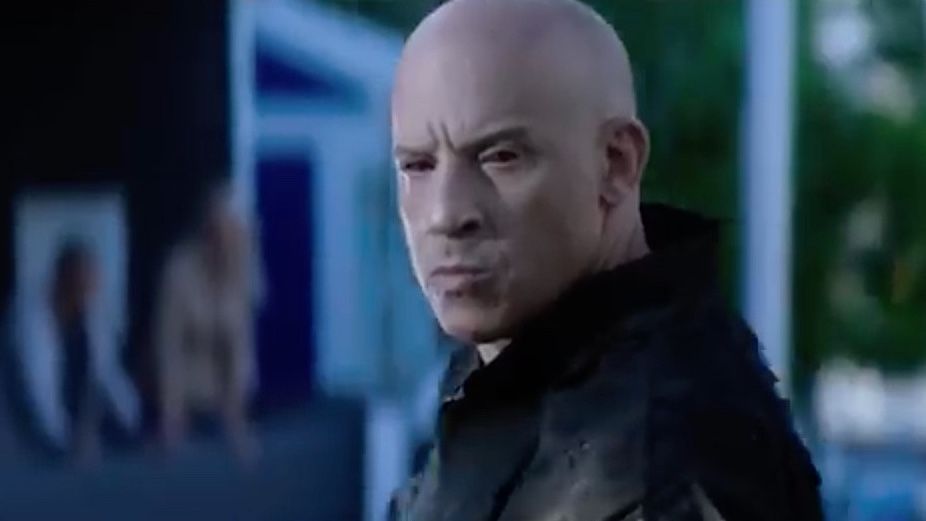
THE BEAT: When did Vin Diesel come on board? He obviously had the “Fast and Furious” franchise and voices Groot in the Marvel movies, but he loves comics, and he’s been wanting to play other characters. Did he come to you or did he know Bloodshot already?
Wilson: Yes, he came begging, “My career is over. I need another franchise.” No, of course not. It’s very exciting when he came. We had many conversations about who he could be. Usually whenever I’m developing a script, I try not to prescribe myself to any cast.
THE BEAT: Because you never know if you’ll be able to get them.
Wilson: Well, yeah. Filmmaking 101 for me is you’re going to adapt to an everchanging terrain, and your cast is that, too. When a piece as big as Vin falls into place, you have to sit back and go like, “Okay, who is this character now?” Obviously, you hold onto everything else, but you want to give his audience what they want but also, give them something they don’t even know they want. We started talking in December 2017, I believe, and then he came in for a pitch, which is pretty amazing. If I was to write this, I don’t think you’d believe me. He brought his 8 or 9-year-old son Vincent, and we had all the artwork up on the walls. Two things were interesting to him. One is that Vin plays strong, confident alpha-males, right? They’re one step in front of everybody else all the time. In this film, there’s a big manipulative quality, and he’s catching up with everyone else. I think he was excited to play something that was a little off-type for him, at least for part of the film. Artwork-wise, I love concept artwork, and I do as much as I can do. I just feel like it gives everyone visual window into the world I want to make. We had it all up on the walls in the space we were in, and Vincent came in and was just like, “What’s that? What’s that?” We walked through the whole movie. We had the comics and the statues all over the place. At the end of the meeting, Vincent says to his Dad, “Dad, I really want you to be Bloodshot,” and I’m like, “That’s it.”
THE BEAT: He has a nine-year-old agent…
Wilson: Exactly. We are off to the races. Here’s another crazy thing. Vin’s brother is a massive Bloodshot fan, and when he heard [Vin] was thinking about doing the movie, I feel like he got the family attack on wanting to do the movie. Once he fell in, we were off to the races and within a month or two, we were in pre-production.
THE BEAT: I want to ask about the shared universe aspect of it, because as you said, Valiant was built on that from the very beginning. You’d introduce characters in one comic and then eventually they might get their own comic. Part of why Sony got involved was to have that but recently Harbinger moved over to Paramount…
Shamdasani: Yes.
THE BEAT: Did that screw up everything or do you have to change the original plans? What can you say about that?
Shamdasani: It’s unfortunate. The characters were built to take advantage of the universe concept better than even Marvel is, and that’s a huge statement. They were built that way as one consistent tone throughout the entire universe. Our goal was always to make this first turkey fly, but once we got to a certain part of the process – we’d been shooting for a long time. We felt good about the materials. We felt that this was working. Dave rightfully started talking to Eric and building a coda for the film that would expand the universe. We had Harada in there, and Vin loved it. Vin was a huge proponent of this.
Wilson: I wanted to do H.A.R.D. Corps – that was my thing.
Shamdasani: There are decisions that are made outside of us. Valiant has different management now, and they have a different point of view – and I can’t tell you what it is. It’s just different. We’ve heard it’s at Paramount, and I think that it pretty much makes it unlikely that there will be a shared universe, but there’s plenty of characters in the Bloodshot mythology. If we’re lucky enough to get to do this again…
THE BEAT: I know Neal Moritz worked with Vin on the early “Fast and Furious” movies, so maybe he can pull some strings to get Vin to appear in Harbinger…
Shamdasani: Bring him over to Paramount, you mean?
THE BEAT: Or even like how they did with M. Night Shyamalan’s Split where they had Bruce Willis making a cameo from Unbreakable, which was originally released by Disney.
Shamdasani: Could be. Sony has done it with Spider-Man.
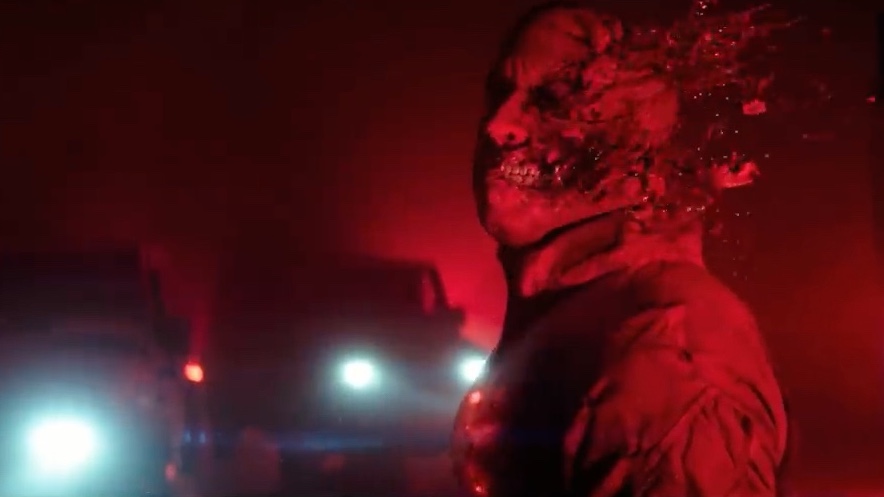
THE BEAT: Was that part of your vision while making the movie, too, Dave? Or did you just want to focus on the one movie, make it great and don’t worry about anything else?
Wilson: Yes, my goal was always to make one great movie. Now that there are all these Marvel movies. That first Iron Man was so f*cking great. I think that and Winter Soldier are my two favorites, and I feel like, “Would we even have a franchise if some of those later ones had been that Iron Man?” You never know. It’s hard to say. For me, it’s just one great movie that everybody can be proud of not just fans but proud that fans will say to people who haven’t read the comics to say, and they can be proud of that. Whether or not it was building out anything further, it didn’t matter to me. Obviously, as we were all the way through production, Dinesh was there with us, because you don’t want to write yourself into a dead end where you can’t go any further. We were always making sure we weren’t doing that, but it wasn’t like we were throwing in plot points that would alienate an audience in the first film. I go to all these movies, and every now and again, I go with someone who is not indoctrinated, whether it’s DC or Marvel, and there are moments where the larger universe comes into the conversation in those films. I watch them step out of the movie for a second. For those brief moments, I feel like they feel alienated and are not part of this film. I never wanted that to happen in any point of the film, especially the first film. I wanted people who didn’t understand the comics or hadn’t read them that this is their first step into the universe.
That being said, with Dinesh there and Vin cannot not build franchises. It’s an amazing quality he has in that he is constantly thinking, “What step am I taking today that ten years from now will have taken us down a path that we never thought of?” It’s tricky for an actor who obviously needs to be incredibly present and in that scene on that day to also be thinking about a larger universe. There never was a moment we weren’t thinking about it, but for me and my job, I left it to other people to make sure that we had roads to explore post this film should we be lucky enough for it to succeed. All I wanted to make this one good. It’s hard enough to make one movie good.
THE BEAT: I guess the new trailer will be in front of Terminator: Dark Fate, so how has it been working with Sony on marketing Bloodshot, so it doesn’t give everything away, as you mentioned earlier, Dinesh?
Wilson: You hear the horror stories of how directors are alienated from the marketing process? That has been exactly… no, I’m kidding. They’ve been wonderful actually. There are some creative executives at Sony. I got the first cut of the trailer, and I was like, “I’m gonna say everything I want to say,” and they absolutely sat down and listened, even down to shot selection. The truth is that I’m very, very picky, especially because of my background. You’re releasing material that’s three or four months before the movie’s coming out. Some of those visual FX shots are unbaked right now. I will say this. You can have great shots in a trailer but conceptually what a trailer is the most important part of it. That’s what I’m most happy about.
The reason I wanted to make the movie to begin with was because I felt there was something unique and manipulative about it, and they got that in the trailer 100%. There was a very dangerous trailer, which would be simplistic and lean into all the action tropes that come with it being a Vin Diesel film. They did not go down that road, which is wonderful.
THE BEAT: I have to ask about the rating thing, because you started this in 2010, and then in between that, Logan and Deadpool came out, and studios were like, “Oh, we can make money with an R-rated superhero movie after all.” You look at the comics, and they’re quite gory, so you assume it’s R-rated off the bat. What was your directive or direction on that?
Shamdasani: It is a PG-13 film, but beyond hearing it’s PG-13 vs. hearing it’s R, I don’t think if you go and watch this movie.
Wilson: Technically, it’s R right now. (laughs)
Shamdasani: I don’t think anyone’s going to feel like there was a gear that wasn’t there. There’s some intense stuff in this movie, and I think Dave and Vin and the whole team have built a movie that’s very much a… Hey, Hunter, what did Warren always say about Bloodshot?
Hunter Gorinson: That it was a house on fire rolling down a mountain of dynamite.
Shamdasani: There were intense moments that feel very much like that. Personally for me, there’s no regret of, “Oh, I wish we had an R. We could push it a little further.” I think this is the movie we intended to make. How do you feel about that?
Wilson: I’m still running Warren’s quote through my head… The truth is that we’re pushing the limit of that PG-13 as far as we can go. If language was going to be the reason it was going to be R-rated, it would be worthless to me. The violence is what makes Bloodshot Bloodshot, right, so you have to push that to a limit. More so, his regenerative qualities mean he has to take some damage, which obviously is inherent in a ratings conversation. How much can he take? What can we show? It’s just a conversation with the MPA of what you can and can’t do.
Shamdasani: I think you’ll be surprised that it’s intensely emotional. In fact, when we screened it, we had three or four times the audience was gasping, and the biggest one we got was about 3/4s into the movie, there’s just a very small, intensely emotional moment, just one character’s foot moving a certain way, and the entire audience just shut down.
Wilson: That can be completely misconstrued. Think about where that foot is probably going in his mind right now. No one’s foot goes up anyone’s ass.
Bloodshot will hit theaters on February 21, 2020, and I’m sure we’ll be hearing a lot about Hivemind’s other projects very soon.
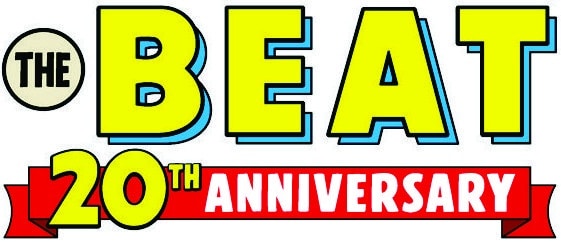
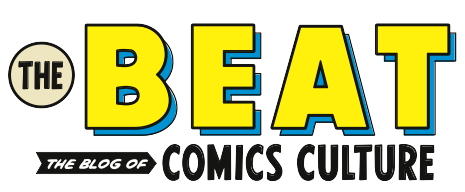
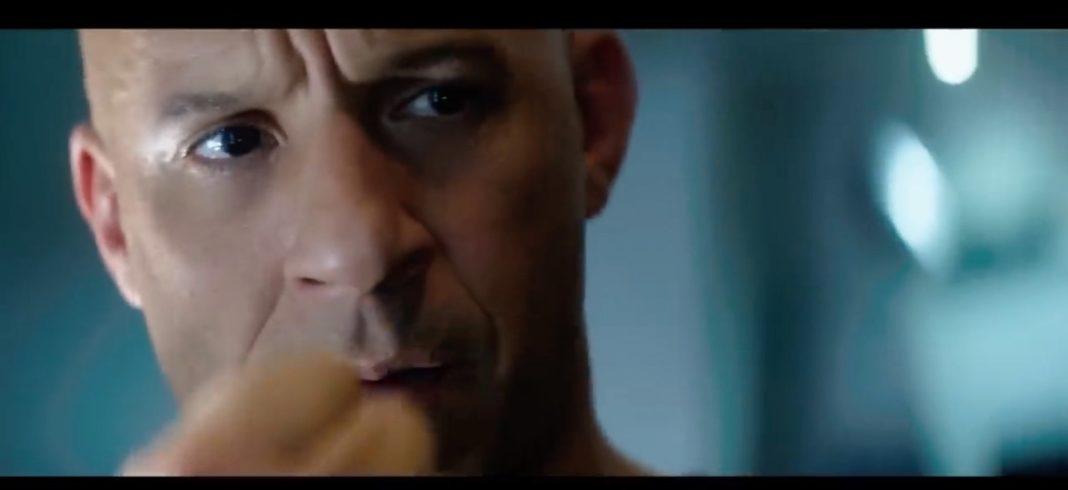
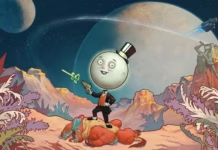

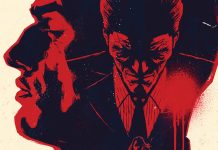




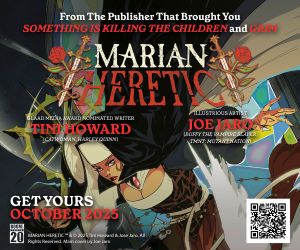
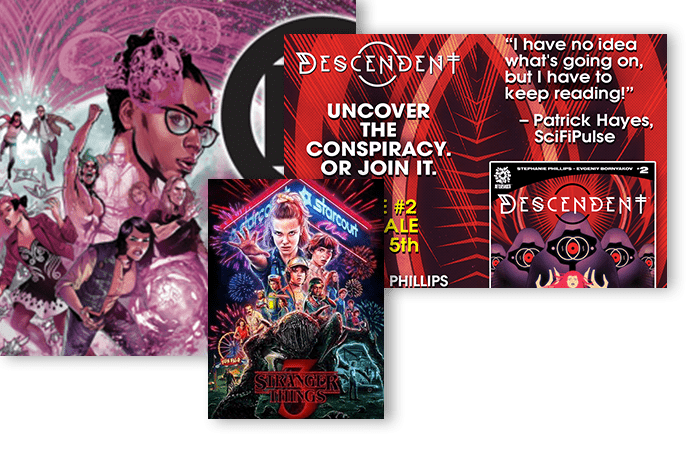
Having found Valiant during it’s 2012 relaunch I was impressed but had to drop them for awhile. I recently came back during Fallen World and the Toyo Harada mini and knew about the pending movie developments. This is the first I have heard of their choice of Vin Diesel for Bloodshot to which I say no. I have enjoyed Vin in a number of his films but he has to sustain this character through sequels and crossovers and would have better cast as the main baddie. Good luck to Valiant with this, however.
Comments are closed.